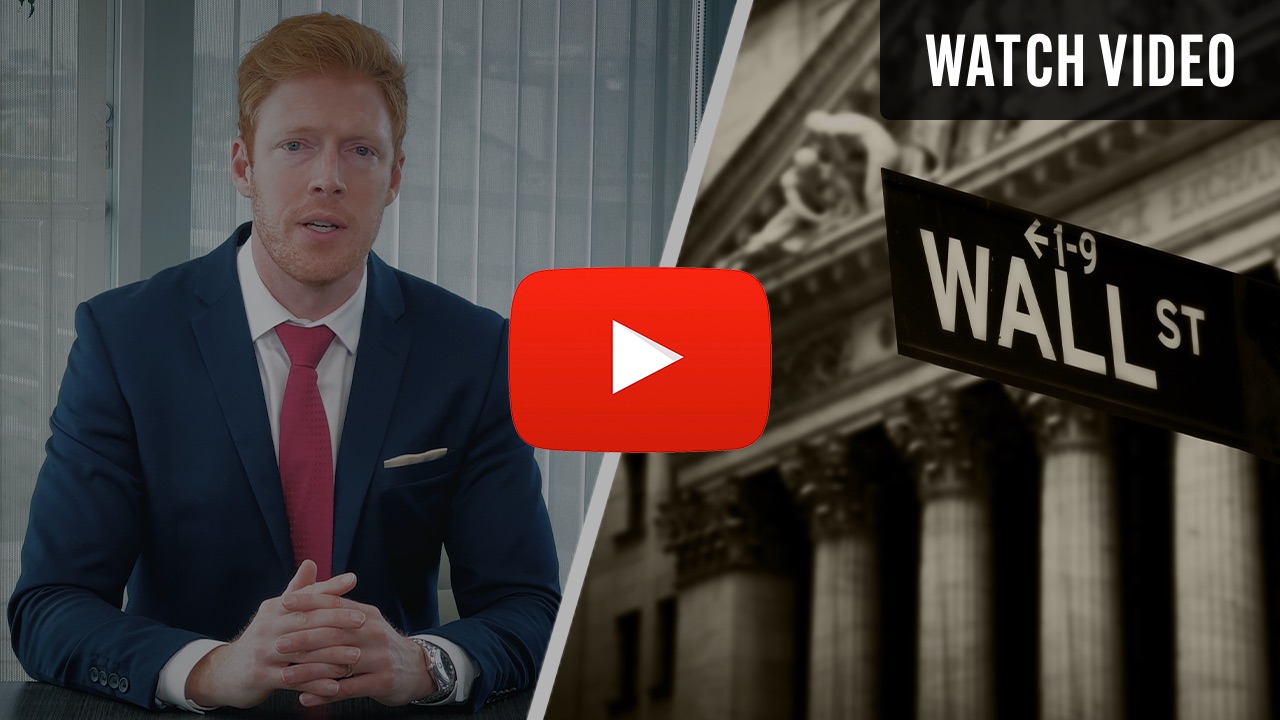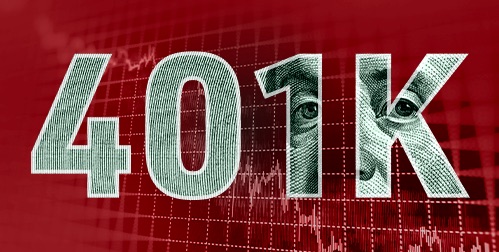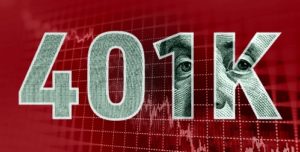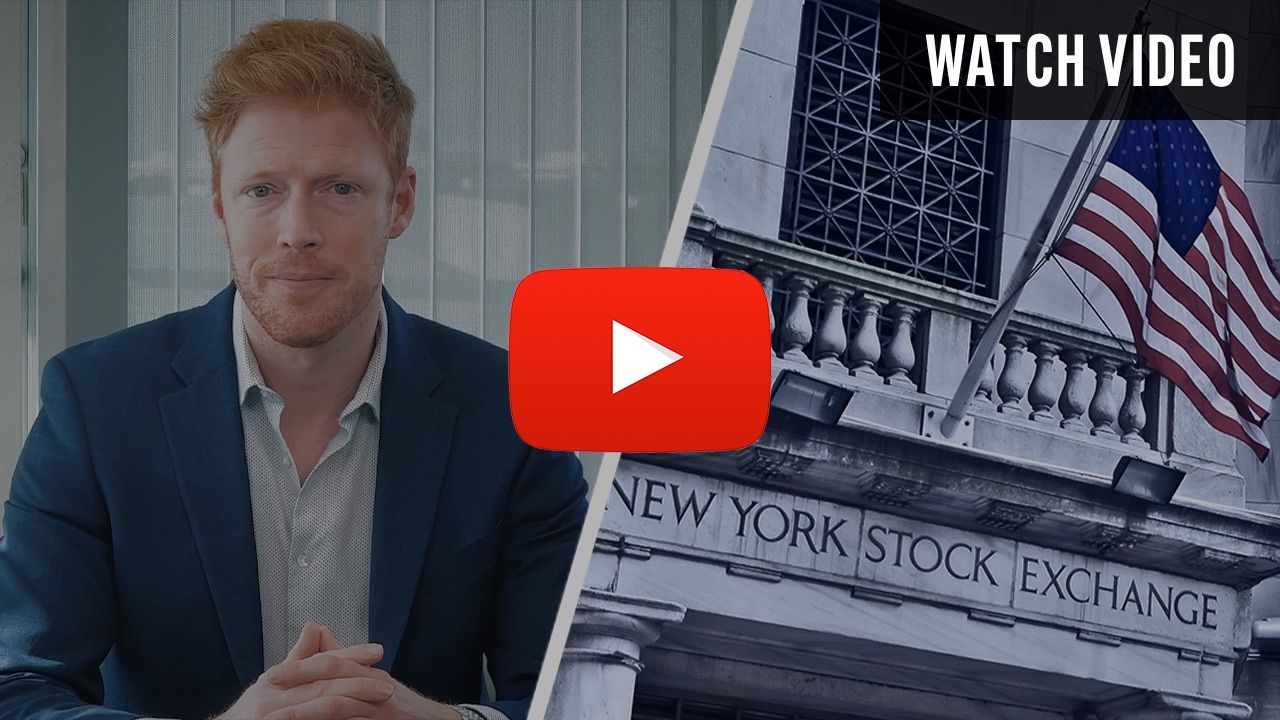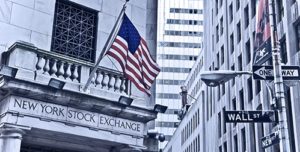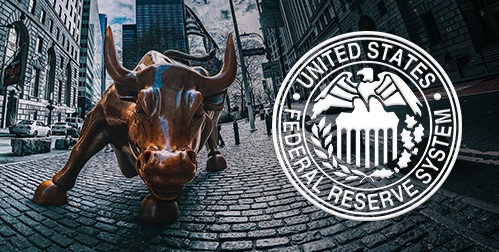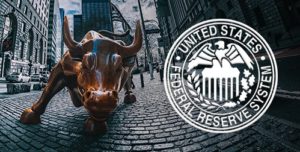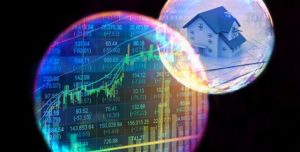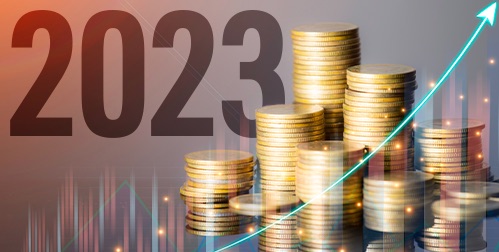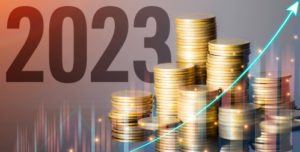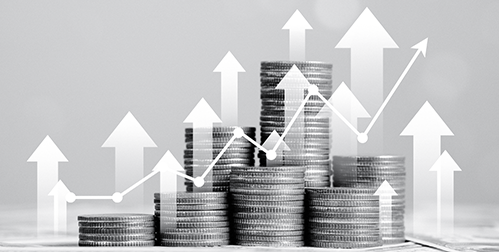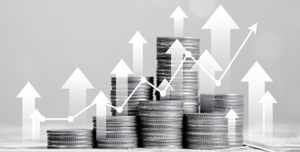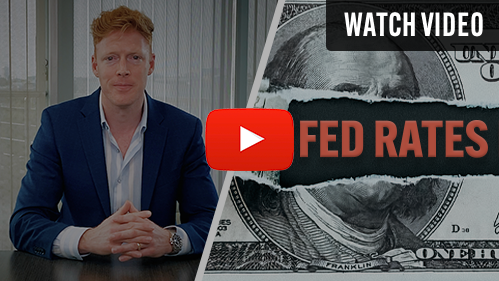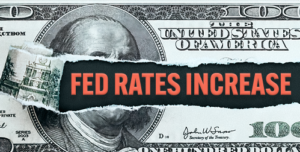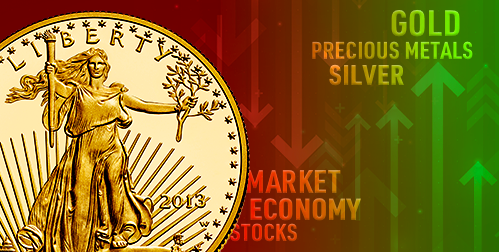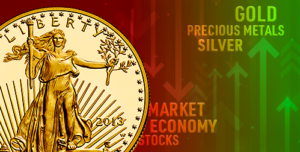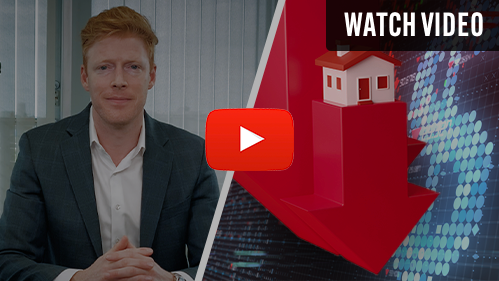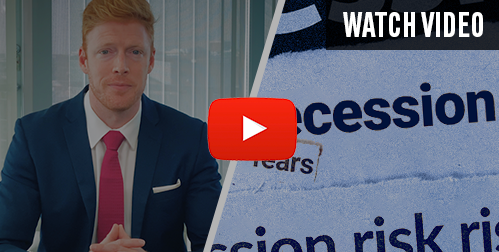- The Federal Reserve’s eighth interest rate increase is the smallest since March
- Wall Street is rallying on hopes of a Fed pivot, despite Fed assurances that hikes will continue
- As Wall Street and the Fed fight, investors can come out ahead by turning to physical precious metals
Wall Street and the Fed Battle over Rate Hikes
Federal Reserve officials made their eighth interest rate increase in a year on Wednesday. They raised it a quarter-point in their continued fight against inflation. Wall Street and the Fed are finding themselves in a standoff. Investors are eager for the Fed to pivot on rate hikes so markets can rebound. The Fed is focused on bringing down inflation even it means crashing stock prices. There is a way to come out ahead as these two forces clash.
Investors and policymakers have been deadlocked for a while now. The Federal Reserve insists rates will rise above 5% and stay there for some time. Money markets see the Fed struggling to get rates above 5% and have priced in cuts by year-end. This view has helped fuel a tech- and growth-led rally for stocks in 2023.
This scene has repeated several times over the past year. Stocks, bonds, and crypto rally as Wall Street hopes for a halt in rate hikes. The stop doesn’t happen, and prices come crashing back down.
Fed Chair Powell tried to deflate this unfounded investor optimism. “I just don’t see us cutting rates this year,” he said. But he inadvertently fueled that hope. Stocks turned sharply upward after Mr. Powell said that future decisions on rates would be made meeting by meeting. In other words, investors could hope rate hikes might stop at any time.1
The resulting rallies don’t help the Fed’s effort to tame inflation. Higher stock and bond prices increase capital companies can spend. This can stoke more demand and potentially drive-up prices and keep inflation elevated.
There will be no ‘Fed put’ as it is called. Since the late 1980s, traders had been taught that the Fed was always there to prop up financial markets. It would scrap plans to hike rates or maybe even start cutting them. Even though that era slammed to a stop last year, traders still hold faith in the idea.
Neel Kashkari is President of the Minneapolis Fed. He warned investors: If they doubt the central bank’s resolve to properly finish the job on inflation, even at the cost of putting millions of Americans out of work, they are mistaken. “They are going to lose the game of chicken, I can tell you that.”2
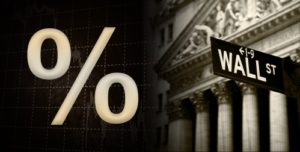
The Fed’s View on Inflation
“Inflation has eased somewhat but remains elevated,” officials said in their statement announcing the rate decision. They repeated that ongoing increases in the target range will be appropriate. “We’re talking about a couple more rate hikes,” said Powell.3
Powell did say that disinflation has begun. But the Fed doesn’t want to prematurely declare victory over inflation. He thinks inflation is still running hot despite recent drops. Powell expects to keep rates high through 2023. The chairman said it would be bad to realize, months from now, that the Fed had not done enough to bring inflation under control. And while
Powell is still holding out hope of a soft landing, he is being very careful not to build expectations.
How to Come Out Ahead
Wall Street and the Fed are two powerful institutions in the U.S. economy. Right now, they are at loggerheads. The Fed wants to return to low inflation while Wall Street wants to return to profits. The means to achieve their ends stand in direct opposition.
The way to get ahead in this conflict is to step outside of it. Investors should look beyond paper securities and into safe haven assets like physical precious metals. Gold prices are on track for their third monthly gain. They surged above $1,900 an ounce on expectations that rates will soon stop rising. This brought Treasury yields and the dollar down. Central banks also bought bullion. A Reuter’s poll of 38 analysts predicted the price of gold to keep rising through the year and into the next.4 Learn how a Gold IRA can be your path to wealth preservation and profit. Contact us today.
